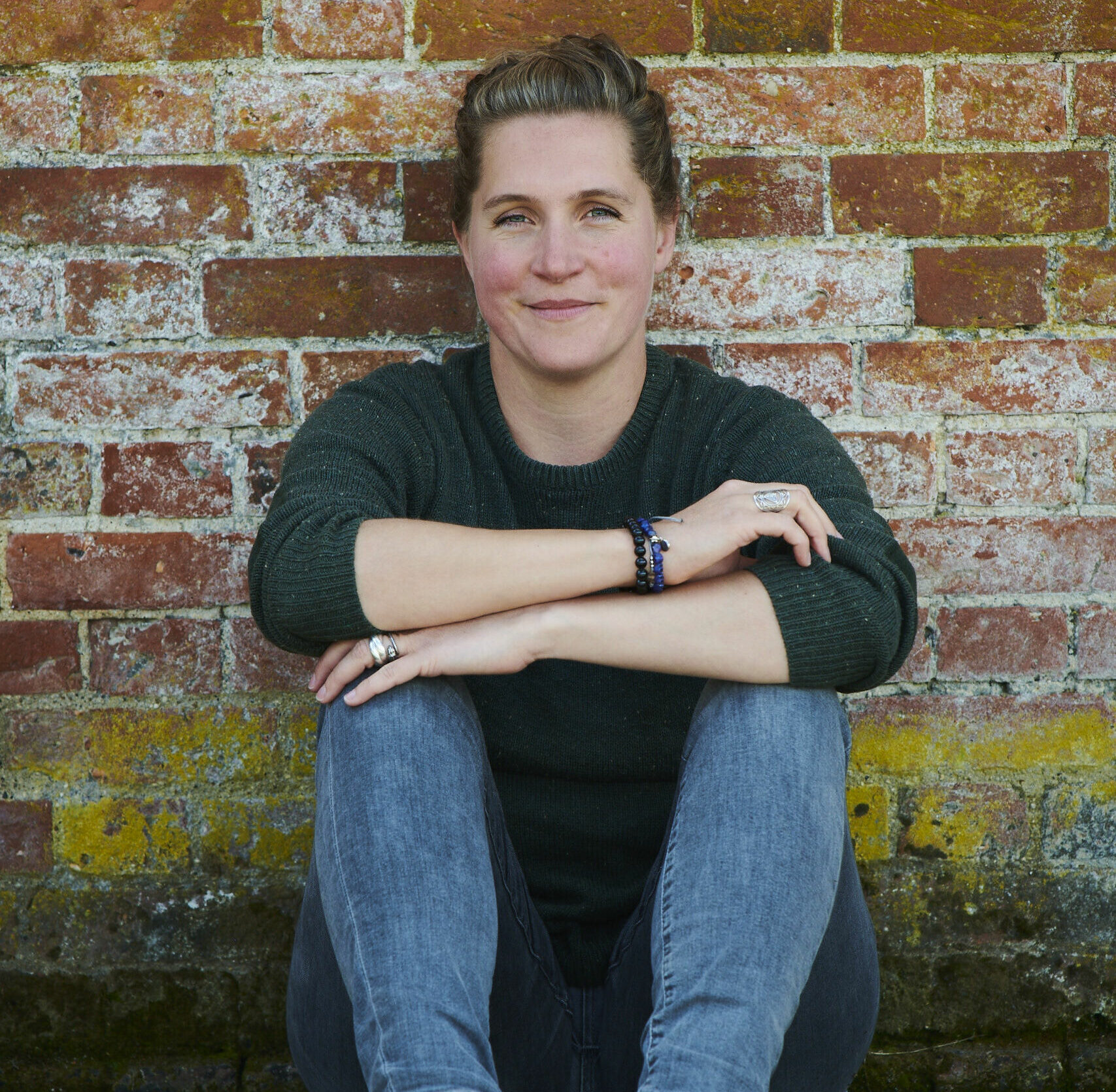Prepare your soil – figuring out your family frame
The key to consent-based anything, is in the preparation, and the culture that you co-create in your family to work from.
In leaving the dominant paradigm to find a different way of doing things, folks tend to go through a process of ‘throwing everything out’, so that they can see what their family actually wants and needs. This process creates space to be able to discern if the way the family is running and relating is helpful to the family’s well-being, and supporting people’s needs, agency, and autonomy, and/or the ways things need to change to be better aligned with these values. Through this process, a family is building a more conscious culture – things are happening purposefully, and not subconsciously, or due to some habit, expectation, or bias linked with being caught up in past ways of doing things.
Once it feels like there is space, you can start to work out what will actually be helpful for your family. I call this ‘creating your family frame.’ The frame is the base structure that gives your family just enough holding and support to help it to function, without unnecessarily limiting the freedom, agency, and autonomy of the family members. Working out the actual true structure and support that is needed, creates greater transparency, builds confidence and understanding – you know why things are a certain way – and reduces the risk of unnecessary power over/adultist dynamics playing out in your family.
In this process you can ask yourself and your family:
- What structure does your family need for covering the absolute basics of survival: food, water, clothing, sleep, shelter?
Because different members of a family hold different responsibilities, to start off with, you need to consider the basics of how those with caring responsibilities (usually parents) will be able to fulfill their responsibilities in the family
Ask yourself and your family:
- What needs to happen for those with caring responsibilities to feel supported and able to provide care, so that they are able to hold the family in day-to-day life?
This frame will likely need updating at different ages and stages of family life. It will look different depending on your family’s particular circumstances and context and family members’ specific needs. There is no one frame that will be right for all families, but all frames should take into consideration the above two questions.
The details of some aspects will benefit from being negotiated, while some things might ‘just have to happen’ for the family to function. For example, the specific times that people in the family go to bed may be negotiable, taking into account each person’s needs and preferences. In some families, it may be possible for there to be no bedtimes at all as part of their frame. In others, there may be reasons why bedtimes for the family need to happen at a certain time.
The frame should be as lean and basic as possible in order to be the least controlling and prescriptive to be able to provide the greatest space for freedom that your circumstances allow. The frame also needs to be strong enough to feel grounded and safe for those living with it. Figuring it out is a team activity, and the best frame will be created when the input and needs of all family members have been taken into account.
Some examples of things that have been included in my family frame over time are:
- Bedtimes (negotiated and at different times for different people based on need and stage)
- Weekly grocery deliveries and regular mealtimes (snacks always available)
- Help and companionship from (chosen) family/friends
- Income from paid work and universal credit (welfare) payments
- Second-hand clothes
- Time prioritising self-care/filling my own cup
- Time being in and building unschooling community
This can be translated into a weekly schedule of sorts that covers the basics: the basic structure and everyday life that our family needs to survive. These are the things that just need to happen. Having that all figured out and clear reduces the amount of daily or weekly decision-making that needs to take place. It also reduces conflict because everyone understands why it’s in place and that without these things the whole family will likely come to a grinding halt/fall apart. With this established, the decisions you then go on to make are about other things, like what to do in the space that now exists for people to make the most of their time and lives!
From time to time you will find that your frame will need updating. You will know when your family frame needs revisiting and potentially updating:
- When you are experiencing more conflict than usual about normal everyday things in your family (this could be a sign that someone has outgrown an aspect of the frame for example),
- When someone in the family specifically names that something isn’t working any more
- When something in your context changes, such as:
- Someone’s working pattern changes
- A relationship changes resulting in one less adult in the house than there was when the frame was made
- Someone becomes unwell and the frame needs to change to accommodate the new needs that have come from providing their care.
Spaces for freedom and shared decision-making
With your frame sorted, your family’s soil and environment is ready to grow from.
Your family is going to be thinking about things like:
-
What do the members of the family want to do with their time?
What resources (including time and support) might they need?
You can find out this information through:
a) observation and knowing family members well (especially important for pre/non-verbal family members),
b) talking and having direct conversations about it,
c) folks just being able to get on with it.
Sometimes there is a lot of difference in what family members want to do. When the young people in my family were younger (they are 11 and 14 now), I found it helpful to section up the week, in order to be able to allocate time and resources for different family members to do the things they want to do. So for example, at one stage in life, we had a simple plan where each member of the family (there were three of us at this point, with me as the parent) got a different day of the week to choose what activity we all did, and the other family members supported this family member by going along with their activity (if they needed that in order for it to happen).
So for example, one day we would go to the woods (my choice), one day we would go swimming (another person’s choice), one day we would just have a chill day at home (the other person’s choice).
This was a simple way for everyone to feel that they had a fair influence on the plans and the chance to do their thing, and cultivated awareness that we were a team – that in order to do their thing, they also needed to help the other members of the family to do theirs. The activities had to be acceptable to the whole family, so there was consent (even if it wasn’t always super enthusiastic, it was good enough for us and the consent-based, self-directed culture we were creating together).
When making decisions in a consent-based and self-directed way, a key consideration is trying to understand as much info as you can from those involved and affected by the decision. Also important is trying to do this in a climate where people feel as free as possible to express themselves authentically and be honest about their needs and boundaries. This can be done informally by asking questions and figuring things out together or more formally by having things like family meetings, where the question/problem/decision that needs to be made is shared. Together you can work on the idea or solution that makes the most sense to you all. Honesty, transparency, curiosity, mutual respect and an awareness of our interdependence, is really important in helping consent-based, self-directed family life to thrive.
Experiment and let decisions evolve along with your family
Don’t be afraid to try and experiment with different solutions – you might be surprised by what works in your family! For example, we have a TV rotation that divides the TV time up. We also have a rotating weekly take away and movie night. This strategy has really helped increase transparency and reduce conflict around who’s doing what when, and to help manage things like how many take away pizzas we get in a week, and who’s choosing the movie.
Knowing that what might be a good solution and work for your family at one time, may need to be revisited and reviewed at a later date, is key to being adaptable. Experiencing more conflict than usual in your family is one way to tell a change is needed. Maybe after feeling a bit frustrated, you will get a light bulb moment that your previous solution/plan isn’t working anymore. For whatever reason, your family has outgrown it or needs to remember why it’s there in the first place. Bring it to the attention of your family and see if you can work out the root of the issue, get as much info on it as possible, and together come up with a new plan.
Stay Informed About The Movement
If you enjoyed this article and feel called to give back to ASDE, here are ways you can support our work:
- Donate money
- Share our content with others! Click one of the buttons above to easily share on Twitter, Facebook, or email.
- Consider becoming a Contributor for Tipping Points
Tipping Points Magazine amplifies the diverse voices within the Self-Directed Education movement. The views expressed in our content belong solely to the author(s). The Alliance for Self-Directed Education disclaims responsibility for any interpretation or application of the information provided. Engage in dialogue by reaching out to the author(s) directly.






